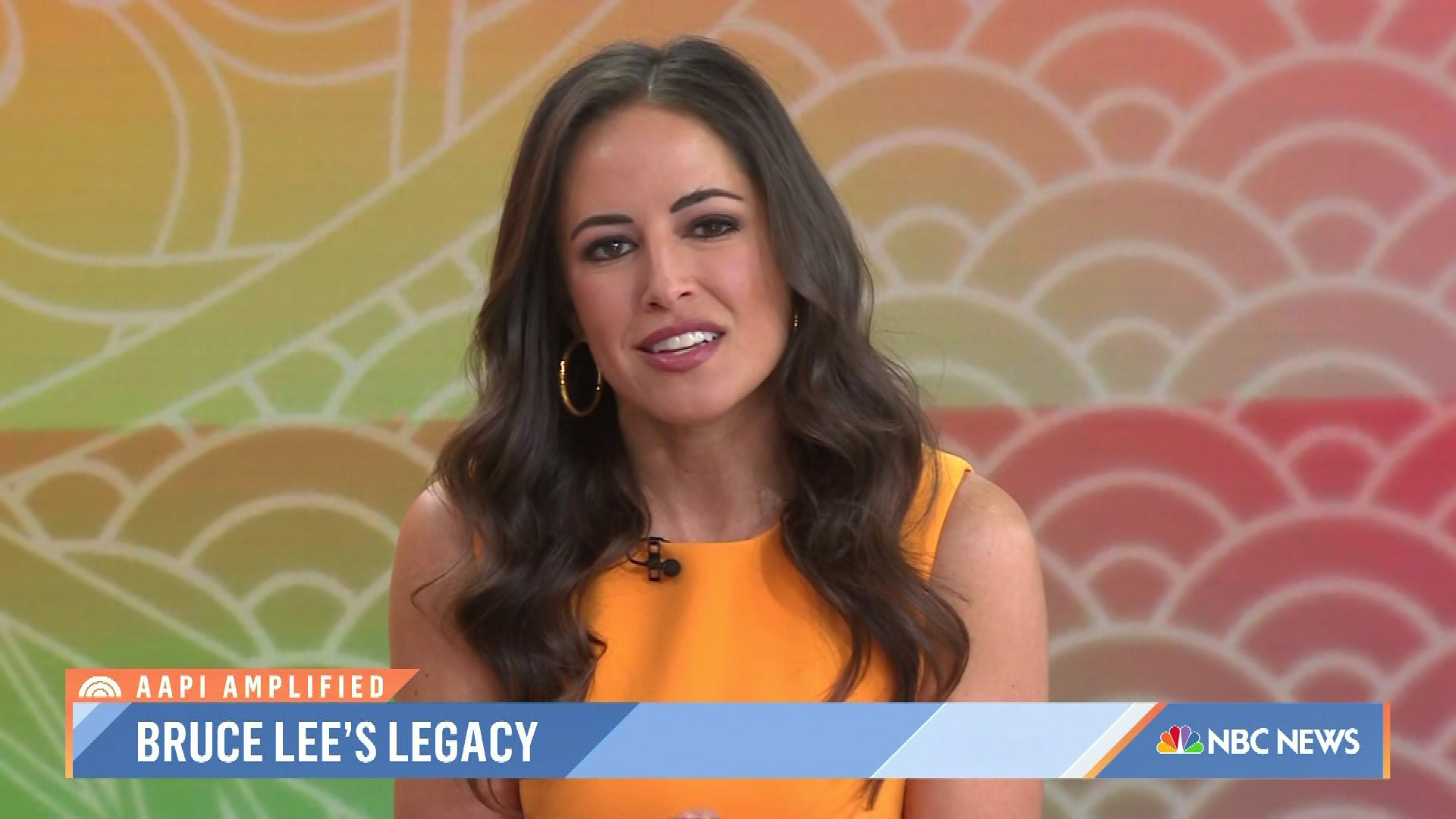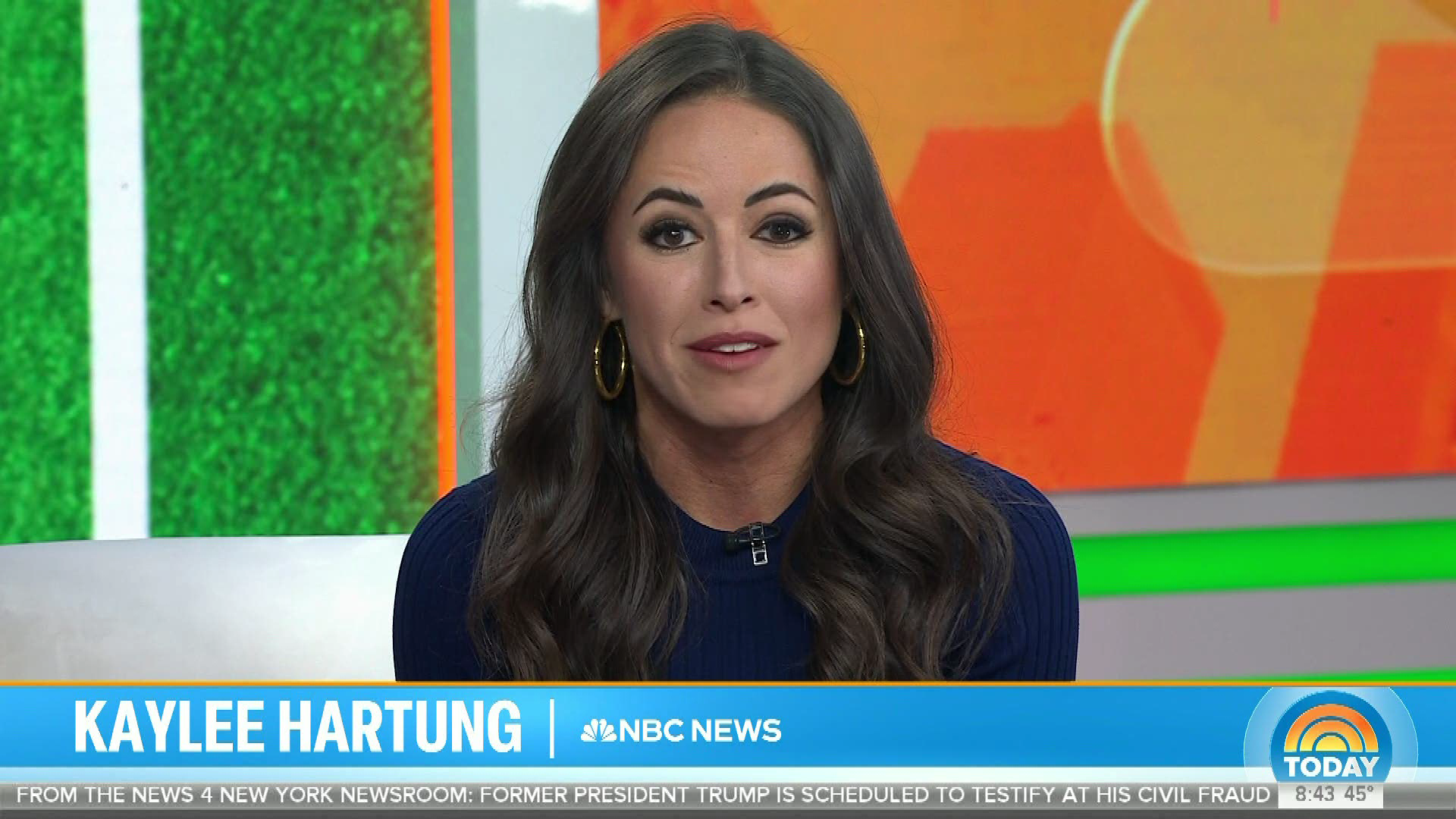Lazy eye, or amblyopia, is a condition that affects vision development in children and can have lasting consequences if left untreated. Kaylee Hartung, a name that has gained prominence in recent years, has brought this condition into the spotlight. Her story sheds light on the challenges and triumphs associated with lazy eye. Understanding her journey can inspire others facing similar conditions.
Kaylee Hartung's experience with lazy eye serves as a powerful narrative for those seeking insight into the nuances of this medical issue. By examining her case, we can better understand the complexities of amblyopia and the steps necessary for effective treatment. Her story is not just about overcoming a medical condition but also about resilience and determination.
Through this article, we aim to provide a detailed exploration of Kaylee Hartung's lazy eye journey. From diagnosis to treatment and beyond, we will delve into the critical aspects of her experience, offering valuable information for those affected by similar conditions. Let us begin by exploring the background and significance of Kaylee's story.
Table of Contents
- Biography of Kaylee Hartung
- Understanding Lazy Eye
- Kaylee Hartung's Diagnosis
- Treatment Options for Lazy Eye
- Kaylee's Treatment Journey
- Challenges Faced by Kaylee
- The Importance of a Support System
- Long-Term Outlook for Kaylee Hartung
- Raising Awareness about Lazy Eye
- Conclusion and Call to Action
Biography of Kaylee Hartung
Data and Biodata
Kaylee Hartung is an inspiring individual whose journey with lazy eye has resonated with many. Below is a summary of her personal information:
| Name | Kaylee Hartung |
|---|---|
| Age | 28 Years |
| Occupation | Advocate for Vision Health |
| Location | United States |
Key Moments in Kaylee's Life
Kaylee Hartung was born in the United States and grew up in a supportive family environment. Her early years were marked by a diagnosis of lazy eye, which became a defining aspect of her life. Despite the challenges, Kaylee has emerged as a beacon of hope for others facing similar conditions.
Understanding Lazy Eye
Lazy eye, medically known as amblyopia, is a condition where one eye fails to develop normal vision during early childhood. This can result in reduced visual acuity in the affected eye, even with corrective lenses. According to the American Academy of Ophthalmology, amblyopia affects approximately 2-3% of children in the United States.
There are several types of lazy eye, including strabismic amblyopia, deprivation amblyopia, and refractive amblyopia. Each type has unique characteristics and treatment approaches. Early detection and intervention are crucial for effective management of the condition.
Kaylee Hartung's Diagnosis
Kaylee Hartung's lazy eye was diagnosed during her early childhood. The diagnosis came after her parents noticed that one of her eyes appeared to wander inward or outward. A visit to an ophthalmologist confirmed the presence of strabismic amblyopia, a common form of lazy eye.
Early diagnosis is essential for successful treatment outcomes. In Kaylee's case, prompt medical attention played a significant role in managing her condition effectively.
Treatment Options for Lazy Eye
Common Treatments
Treatment for lazy eye typically involves several approaches, depending on the severity of the condition. Some of the most common treatments include:
- Patching the stronger eye to encourage the weaker eye to develop.
- Using corrective eyewear to address refractive errors.
- Administering atropine eye drops to blur vision in the stronger eye temporarily.
Emerging Therapies
In recent years, new therapies have emerged to complement traditional treatments. Vision therapy and digital applications designed to stimulate the weaker eye have shown promise in improving outcomes for patients like Kaylee Hartung.
Kaylee's Treatment Journey
Kaylee Hartung underwent a comprehensive treatment plan that included patching and vision therapy. Her commitment to the prescribed regimen was instrumental in achieving positive results. Over time, she noticed significant improvements in her vision and overall quality of life.
Her experience highlights the importance of adhering to treatment plans and maintaining open communication with healthcare providers. Kaylee's journey serves as a testament to the effectiveness of modern medical interventions for lazy eye.
Challenges Faced by Kaylee
Despite the progress made through treatment, Kaylee Hartung faced several challenges along the way. These included:
- Social stigma associated with wearing an eye patch.
- Frustration with the slow pace of improvement.
- Adjusting to lifestyle changes required by her treatment plan.
Overcoming these challenges required resilience and support from family, friends, and healthcare professionals. Kaylee's ability to persevere through difficult times underscores her strength and determination.
The Importance of a Support System
A strong support system is crucial for individuals dealing with lazy eye. For Kaylee Hartung, the unwavering support of her family and friends played a pivotal role in her success. Additionally, her connection with a knowledgeable healthcare team provided guidance and reassurance throughout her journey.
Building a support network can make a significant difference in the lives of those affected by lazy eye. Encouraging open dialogue and fostering a sense of community can help alleviate feelings of isolation and promote healing.
Long-Term Outlook for Kaylee Hartung
Kaylee Hartung's long-term outlook is optimistic. With continued adherence to her treatment plan and regular follow-up appointments, she has achieved substantial improvements in her vision. Her journey serves as a source of inspiration for others facing similar challenges.
While lazy eye can have lasting effects, early intervention and consistent treatment can lead to favorable outcomes. Kaylee's story demonstrates the importance of proactive healthcare and the potential for positive change.
Raising Awareness about Lazy Eye
Increasing awareness about lazy eye is essential for early detection and effective treatment. Educating parents, educators, and healthcare providers about the signs and symptoms of amblyopia can help ensure timely interventions for affected children.
Organizations such as the National Eye Institute and Prevent Blindness America play vital roles in promoting awareness and providing resources for those impacted by lazy eye. Supporting these initiatives can contribute to improved outcomes for individuals like Kaylee Hartung.
Conclusion and Call to Action
Kaylee Hartung's journey with lazy eye exemplifies the power of resilience, determination, and effective medical intervention. By sharing her story, we hope to raise awareness about this condition and inspire others to seek help when needed.
We encourage readers to:
- Share this article with friends and family to spread awareness about lazy eye.
- Visit reputable sources like the American Academy of Ophthalmology for more information on amblyopia.
- Consider supporting organizations dedicated to vision health and education.
Together, we can make a difference in the lives of those affected by lazy eye. Thank you for reading, and we invite you to explore other informative articles on our site.
.png)
.png)
.png)